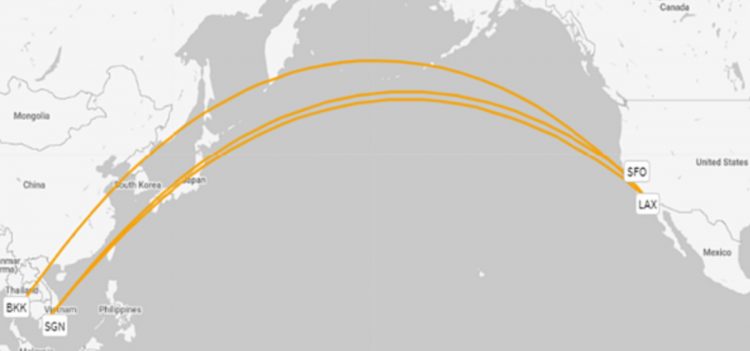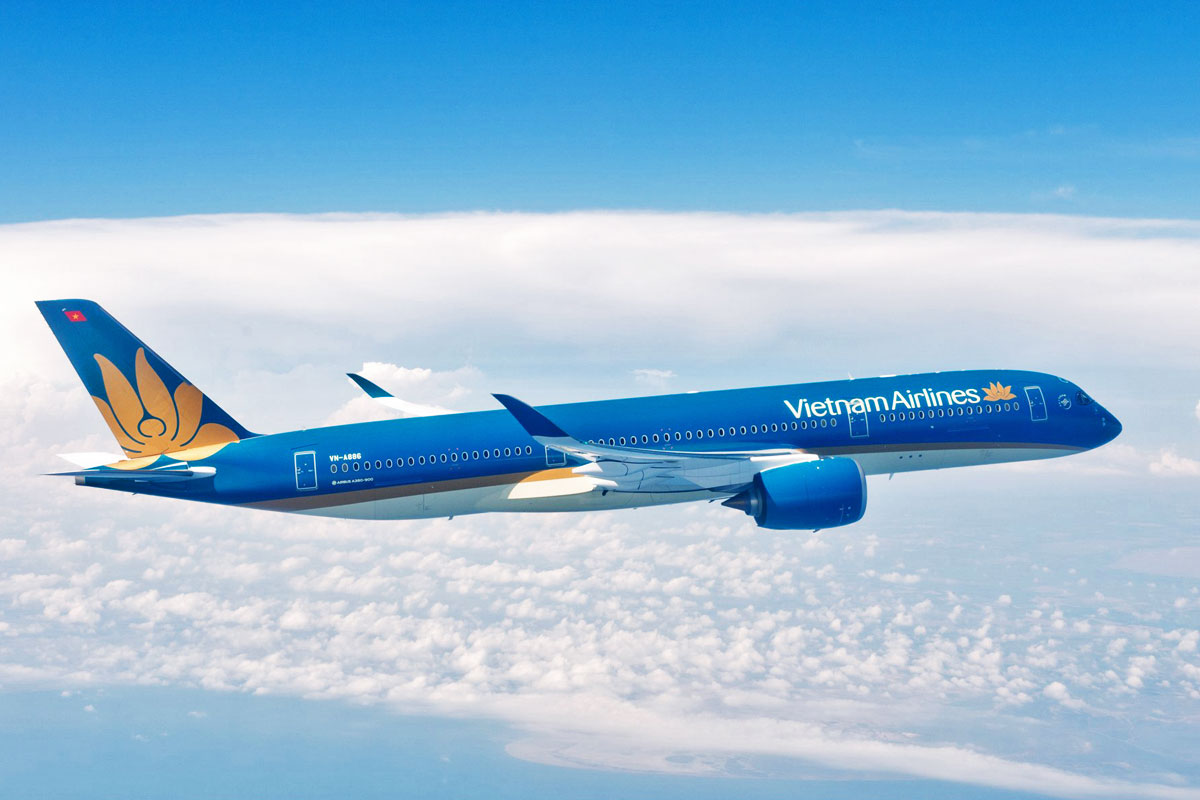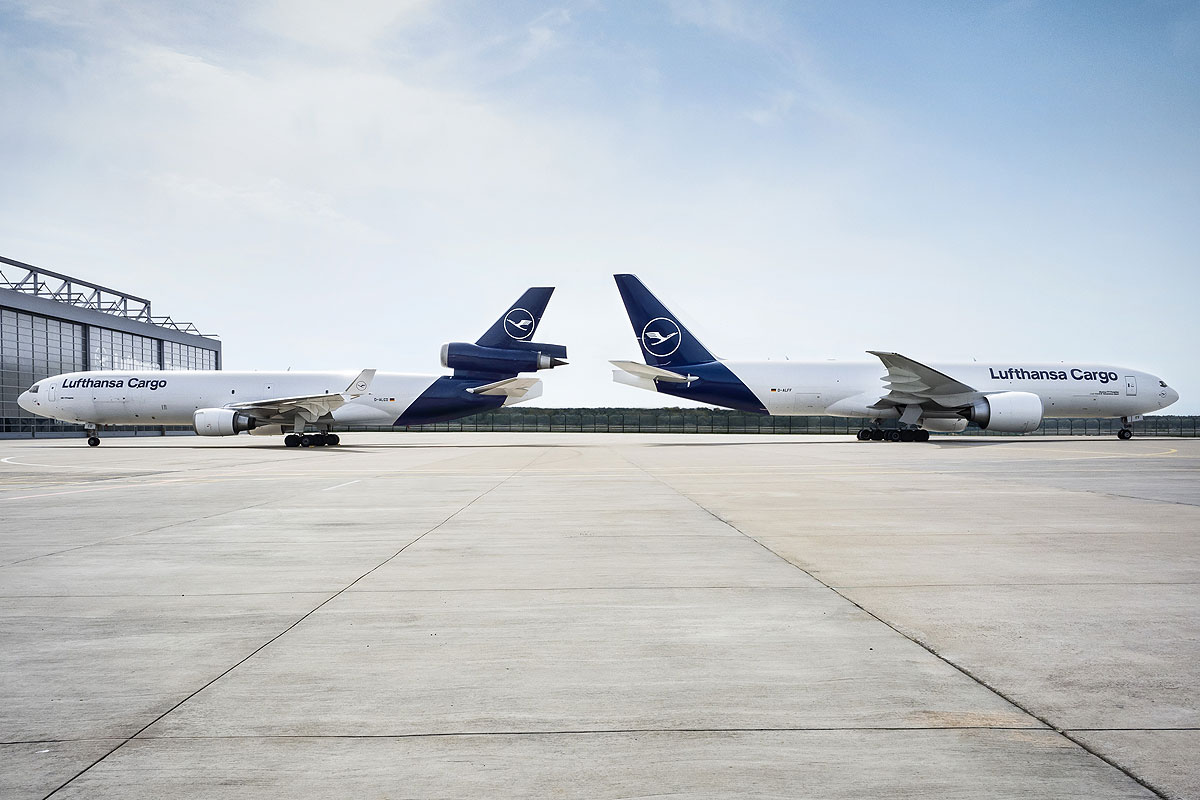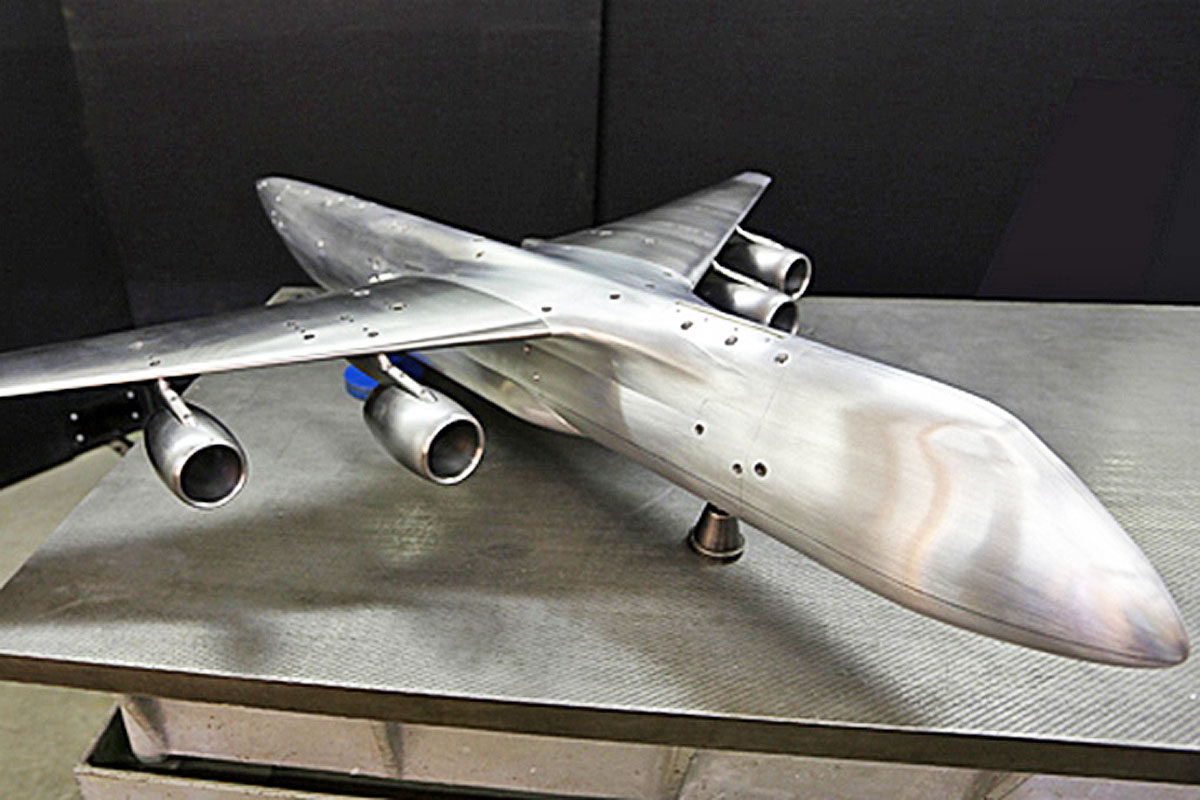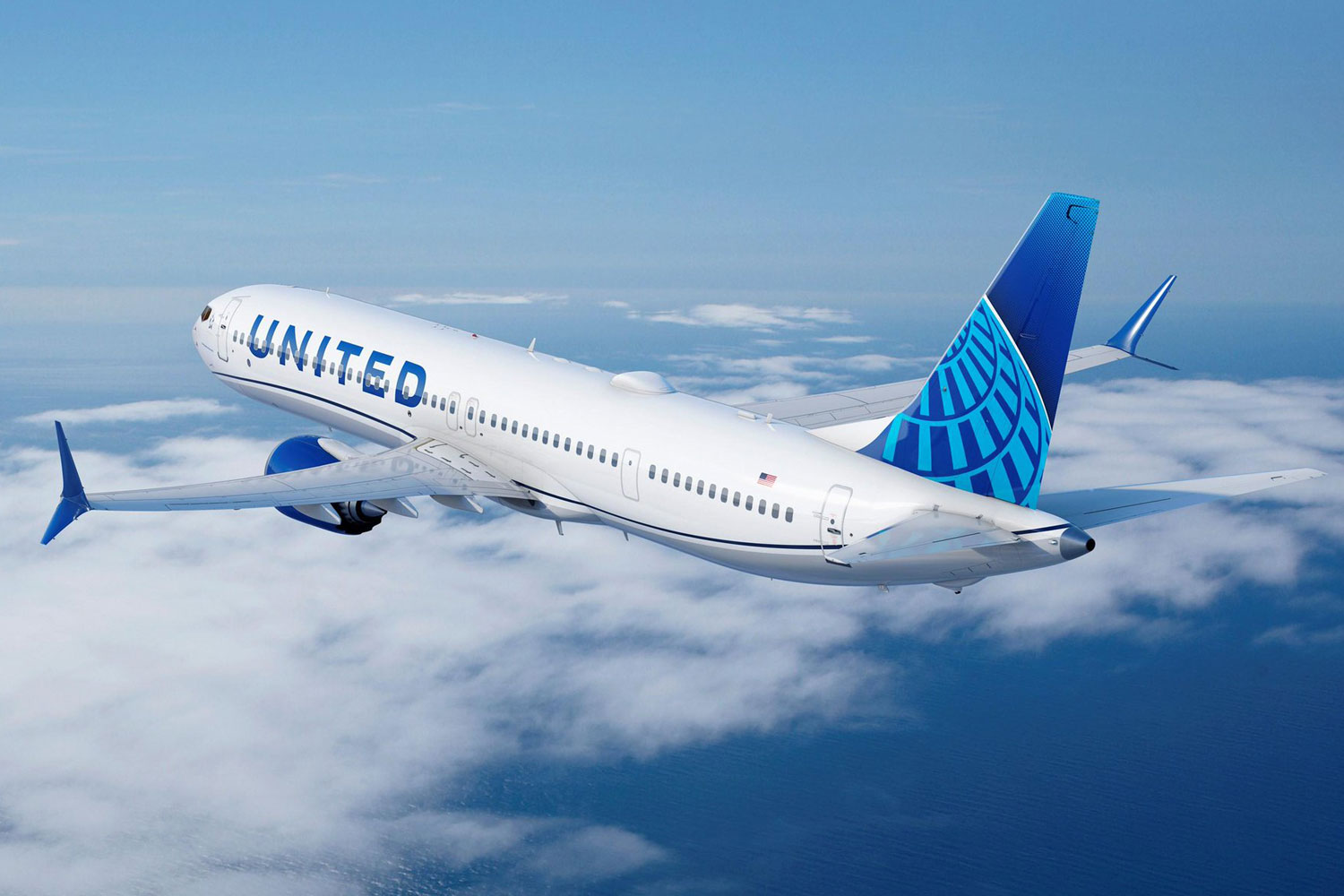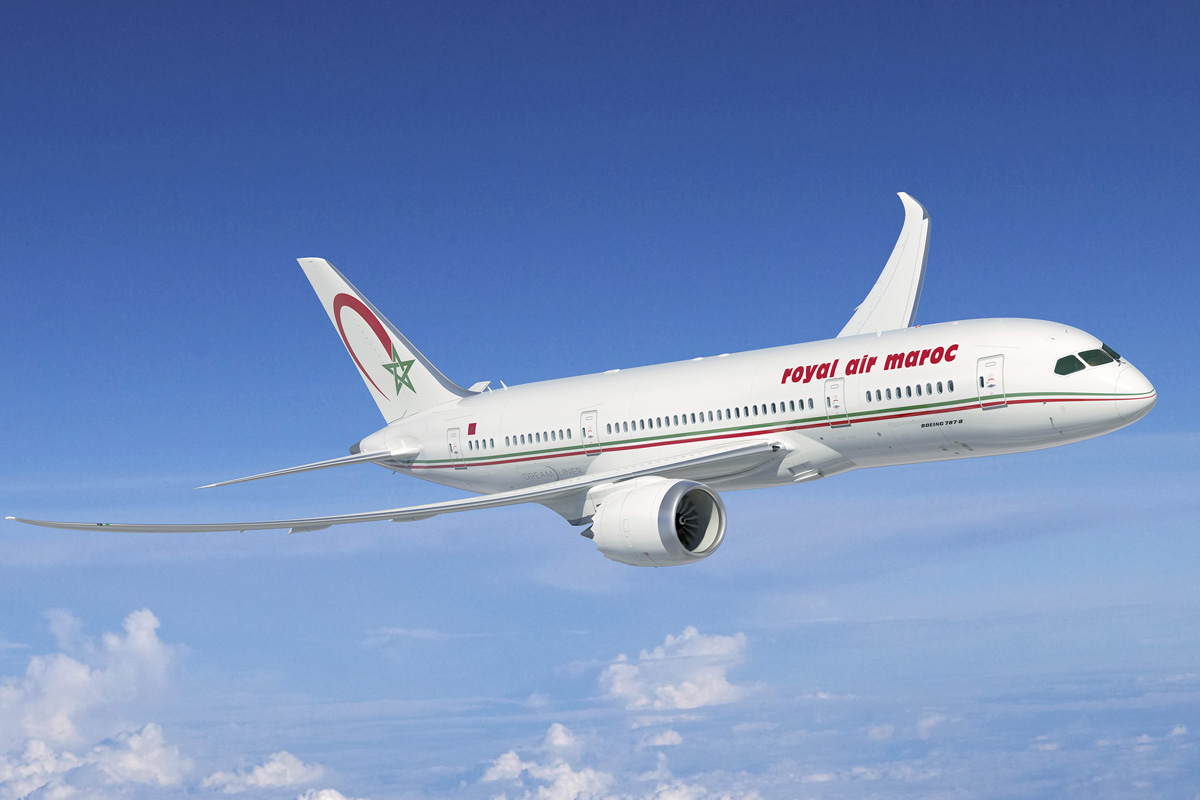Australian airline Qantas Airways recently conducted a test flight between New York and Sydney as part of its preparations to launch what may be the longest commercial air link in the world. But how many of these ultra-long routes are there, especially those with viable traffic volumes?
UK consultancy OAG has researched the longest routes in the world with potential for nonstop flights and created a top 10. Each of the sections analyzed in the study has the potential to carry an average of 170,000 passengers per year, which currently need to connect with other flights at least once in each direction.
Two of the possible flights evaluated by the consultancy, the routes between Paris and Bali and London and Brisbane, are at a distance that goes beyond the range of any current commercial aircraft. Connect nonstop these cities requires aircraft capable of traveling nearly 17,000 km between the point of origin and the final destination for trips that can last more than 20 hours.
In addition to the lack of ultra-long range aircraft, the challenge for airlines is whether these types of routes would be environmentally and financially sustainable.
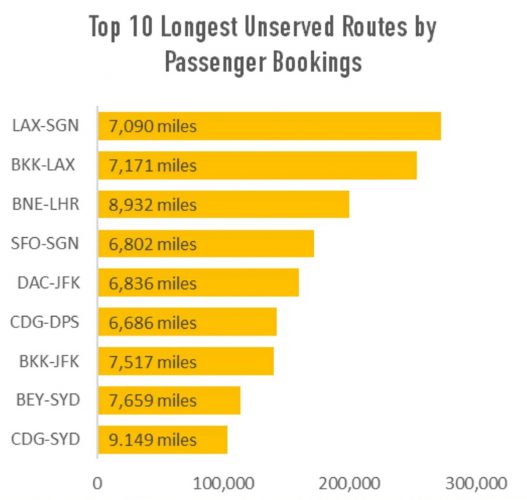
The other eight missed routes featured in the OAG top 10 are within reach of today’s aircraft, such as Los Angeles-Saigon, the most popular among the routes evaluated and with a potential for 270,000 passengers per year.
Also reflecting the growth of Vietnam’s air market, another 171,000 passengers could board direct flights between Saigon and San Francisco. Thailand’s capital, Bangkok also has great potential for non-stop travelers to the US: about 250,000 to Los Angeles and over 140,000 to New York.
Until recently, Thai and Vietnamese carriers did not have the necessary licenses to fly to the US. Vietnam Airlines, for example, operates the Airbus A350-900, a jet that can safely fly the more than 13,000 km separating Saigon from Los Angeles. However, there are still doubts about the financial viability of this flight.
While there is apparent demand for many of these routes, OAG says the operating costs to make them a reality are far higher than the long-haul flights currently operated. To fulfill some of these routes, aircraft must carry more fuel, as well as extra crews.
Balancing these factors is the main challenge for airlines looking to launch even longer flights. Another permanent issue in the industry is whether there are enough passengers willing to face the confinement of airplanes on trips longer than 20 hours.
